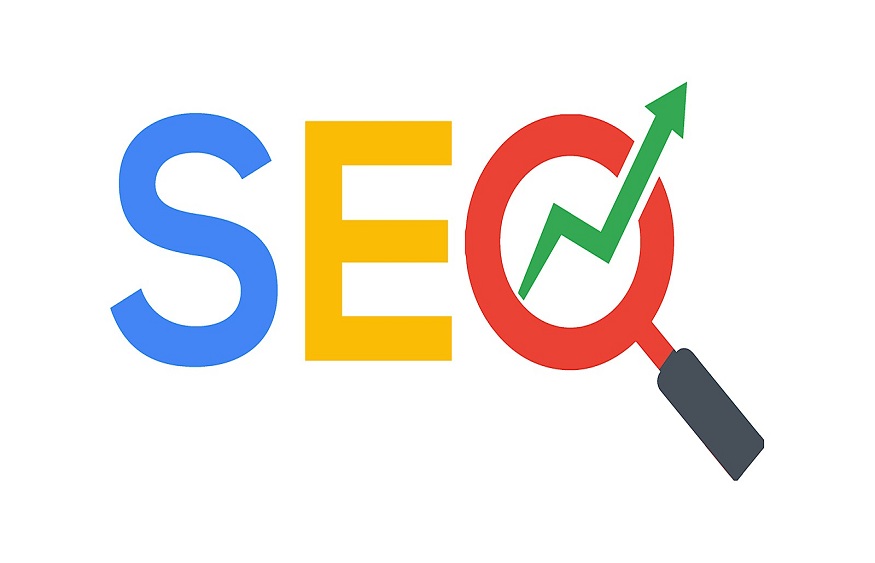Natural referencing (also called SEO), allows you to be better positioned in search engine results, and therefore to be more visible to Internet users when they do a search. Therefore, SEO allows you to gain traffic to your website. Generally, a website contains several images. Each image is an opportunity to be better positioned on Google, and therefore to bring traffic to your website. For each image to be an acquisition vector, you need to optimize it for SEO. You will help Google’s algorithms or “robots” to scan each image to better reference you.
10 tips to optimize the SEO of your images
- Welcome Blogs Shopify Images for SEO: 10 tips to optimize your SEO
- Images for SEO: 10 tips to optimize your SEO
- by Maud Leuenberger SEO
- Jul 14, 2022 16 minute(s) of reading
- E-mail address Pinterest Facebook Twitter LinkedIn
- 10 Image Optimization Tips For SEO
If you run an online store, SEO image optimization is an art to master. Allowing you to attract customers who view images on Google and reduce the loading time of your site — optimizing images for natural referencing (or SEO) can play an important role in the creation of a store successful e-commerce.
Natural referencing (also called SEO), allows you to be better positioned in search engine results, and therefore to be more visible to Internet users when they do a search. Therefore, SEO allows you to gain traffic to your website. Generally, a website contains several images. Each image is an opportunity to be better positioned on Google, and therefore to bring traffic to your website. For each image to be an acquisition vector, you need to optimize it for SEO. You will help Google’s algorithms or “robots” to scan each image to better reference you.
Describe the name of your images with keywords
It’s easy to flip through hundreds of product shots and keep the filename your camera gives you. But before getting into this habit, let’s explain why it’s a really bad idea.
When it comes to SEO, it’s important to use relevant keywords to help the algorithms rank your web page on search engines. Creating descriptive filenames that contain the keywords you are targeting is absolutely essential. Search engines not only crawl the text of your web page, but also look for keywords in your image filenames.
Let’s use this image as an example:
You could use the generic name your camera gave you for the image like “DCMIMAGE10.jpg”. However, it would be much better to name the file with descriptive keywords: “BASKETS-NIKE-HOMME.jpg”
Also, think about how your customers search for products on search engines and on your website. What queries do they use most frequently when they search your website? In the example above, potential buyers could use the following terms for their search:
Two methods will help you find the best keywords, those which are really searched by Internet users and which will make your image lead them to your website, or even your product sheet directly.
- Use Google’s Keyword Planner: You’ll find this tool in Google Ads. The tool is free, however to benefit from all its power, and to obtain the most precise results possible, you can create a short and inexpensive advertisement.
You will be able to know that the keywords “basketball nike rising” are searched 2400 times per month, with an increase of 23% compared to the previous year, with a high level of competition. The tool will also give you other top searched keyword ideas.
Consult the analysis data of your website (via Google Analytics for example). This technique allows you to see which are the most frequently used phrases or expressions; and use it to name your images.
Optimize your “ Alt” tags
Alt tags are a text alternative to images when a browser cannot display them correctly. Even when the image is displayed, if you hover your mouse over it you will be able to see the text tag created for the image in question (depending on your browser settings).
The “alt” attributes improve the natural referencing (or SEO) of your website. Adding alt tags to your images can help your website achieve higher search engine rankings; in this case, you must associate the keywords with the images. Using “alt” tags is probably the best way for your e-commerce products to be displayed on “Google Images” and other web search engines in general
Use strategic image dimensions and product angles
One of the general trends these days is to show your products from multiple angles. Using the example of the Nike sneakers, you shouldn’t show just one shot of the sneakers — but several, from multiple angles and with a focus on details such as the tongue or the back of the sneaker.
Now, you might want to present larger images and “expanded views” to your visitors, as this could be a great improvement in user experience — but be careful.
Whatever you do, avoid placing the largest image on your webpage and then shrinking its dimensions through source code. This will increase the loading time of your webpage due to the higher file size associated with the larger image.
Instead, reduce its size, and give visitors the option of seeing a larger image in a “pop-up” or displaying it on another separate page.
A too long loading time of your website because of too heavy images will penalize you in all respects: poor SEO score, and departure of your visitors from the first seconds (which results in a high bounce rate).


